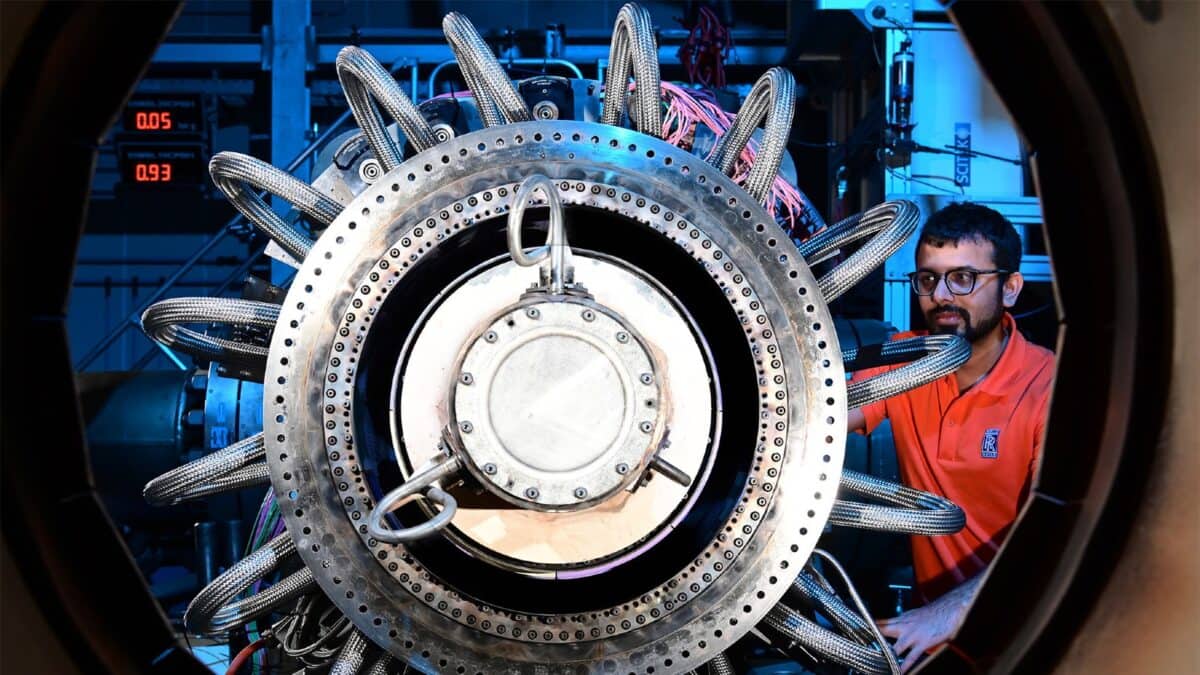Rolls-Royce (LSE:RR.) shares have defied countless expectations in the last 18 months. The engineering giant was seemingly heading towards bankruptcy after the pandemic decimated its business and a long-time mounting pile of debt reached its peak. Yet under new leadership in early 2023, the shares have skyrocketed, reaching new all-time highs, making it one of the best-performing companies in the entire FTSE 100.
To put this exceptional comeback story into perspective, a £1,000 investment in January 2023 would now be worth £4,770 – a 377% return in a year-and-a-half!
There are a lot of contributing factors to this explosive recovery. But the most prominent is the return of significant free cash flow generation that’s enabled management to bring down debts and ramp up long-term projects like its small modular reactors. But now that the stock has already almost quintupled, is there still room for more growth?
What’s next for Rolls-Royce shares?
Following the release of its 2023 full-year results earlier this year, management outlined its expectations for 2024. Underlying operating profits are expected to reach between £1.7bn and £2bn, with free cash flow landing between a similar £1.7bn and £1.9bn range.
That puts the group on track to hit its 2027 goals of up to £2.8bn and £3.1bn for operating profits and free cash flow, respectively. And from these figures, analysts have made a wide range of predictions for what’s to come.
The most optimistic forecast predicts that Rolls-Royce shares will reach as high as 600p. Compared to today’s valuation of around 445p, that signals a 34.8% return over the next 12 months. And if accurate, that means a £1,000 investment today could be worth £1,348 this time next year.
However, not everyone appears convinced. The most pessimistic forecasts predict a massive 46% drop is coming. That means a £1,000 investment could get chopped in half to £540. Needless to say, it’s quite a wide range of opinions.
So, what are investors to make of this?
Digging deeper
Forecasts always need to be taken with a pinch of salt. However, they can still prove a useful tool when evaluating outlook.
The explosive growth in operating profits seen to date has mainly originated from a recovering long-haul travel sector paired with cost-cutting. However, with large engine flying hours now fully recovered back to pre-pandemic levels, there’s concern that Rolls-Royce’s impressive growth could be set to slow considerably.
The ongoing conflicts in Ukraine and Gaza have been a positive tailwind for its defence segment. Yet this remains a smaller part of the overall business. And while its energy segment is making solid strides, the explosive growth potential of its modular reactors is unlikely to be realised until 2029.
On the other hand, the massive resurgence in free cash flow provides management with ample flexibility to invest in new growth opportunities across the board as well as bring down debt.
Overall, it’s difficult to say where Rolls-Royce shares will go from here. And it’s why there’s such a wide range of opinions among analysts. Personally, I prefer a bit more clarity before putting my money to work. So, I’m not tempted to snap up any shares right now. But Rolls-Royce continues to be an enterprise I’ll be watching closely.








